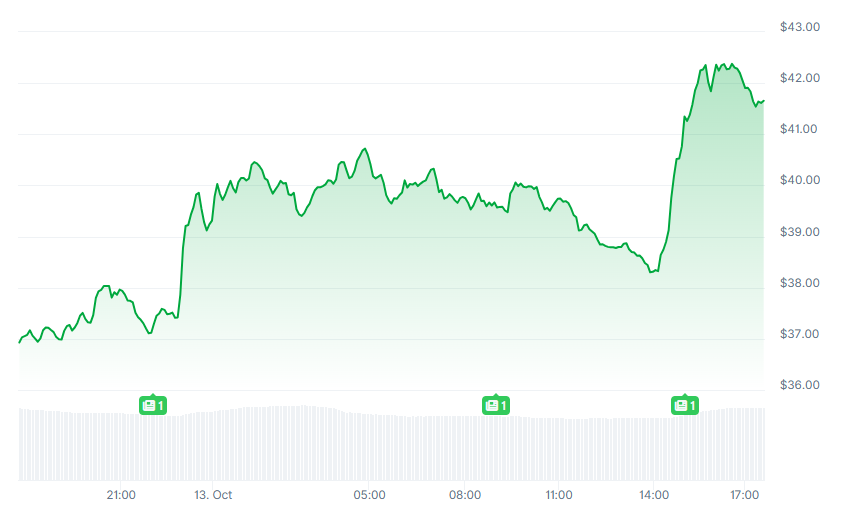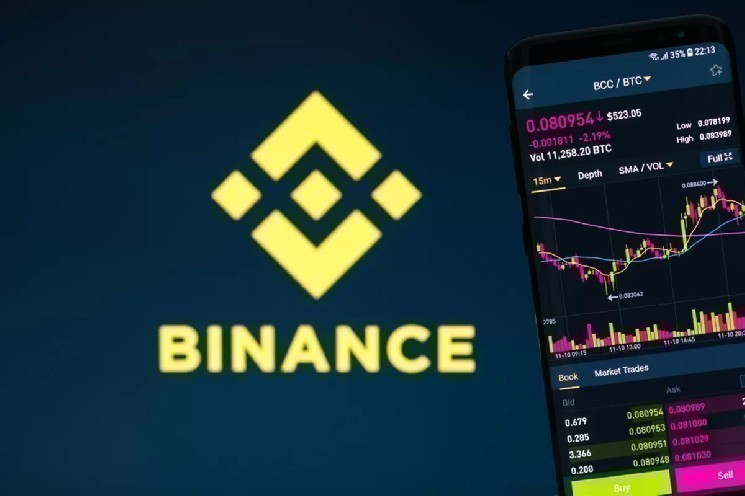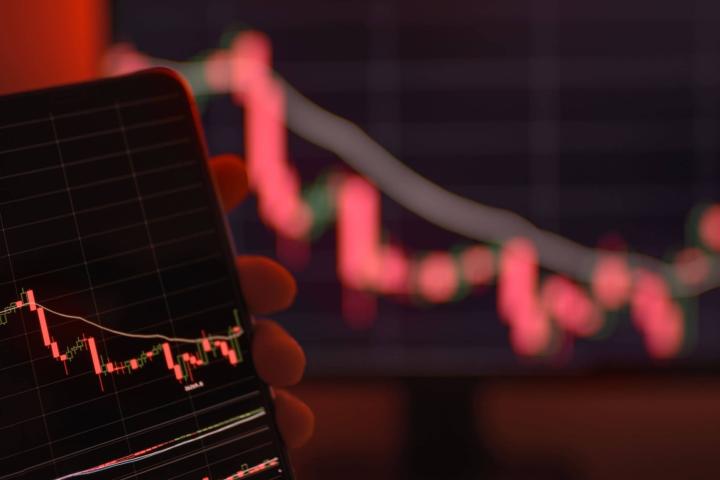Hyperliquid, the decentralized perpetual swap exchange (Perp DEX), announced today (13th) that it will officially launch the HIP-3 upgrade on mainnet tonight. This is the third proposal in the Hyperliquid Improvement Proposals (HIP) series and a major step in Hyperliquid's transformation from a single perpetual swap exchange to an open financial infrastructure layer.
The core feature of HIP-3 is that it allows any qualified developer (builder) to deploy their own perpetual contract market on HyperCore (Hyperliquid's core infrastructure) without centralized approval and permission.
HIP-3 Core Mechanism: Creating a Permissionless Financial Ecosystem
Officially stated , HIP-3 is designed with security, decentralization, and economic incentives at its core, and will achieve permissionless market deployment through the following mechanisms:
Staking and Security
Developers are required to stake 500,000 $HYPE tokens (originally planned to be 1 million, later reduced to lower the threshold) as collateral for a period of seven days. Validators can vote to penalize malicious behavior, ensuring the reliability of the market.
Bidding deployment process
One deployment slot becomes available every 31 hours and is allocated through a Dutch auction denominated in $HYPE. Developers can customize market parameters, including oracle, leverage limits, funding rates, and settlement logic.
Diversified market support
HIP-3 initially supports single DEX deployments and will expand to multi-market models in the future. Developers can choose any collateral asset (quote asset) that meets the validator criteria, including cryptocurrencies, stocks, commodities, and more.
Cost allocation and incentives
Deployers can collect up to 50% of transaction fees, with the Hyperliquid protocol retaining the remainder. Developers can also add custom fee tiers, such as liquidity rewards, to attract user participation.
$HYPE price briefly rises
Inspired by the upgrade news, HYPE's price surged after the official announcement, reaching a high of $42.5. However, at the time of writing, the price had temporarily fallen back to $41.6, a 13% increase in the past 24 hours.









